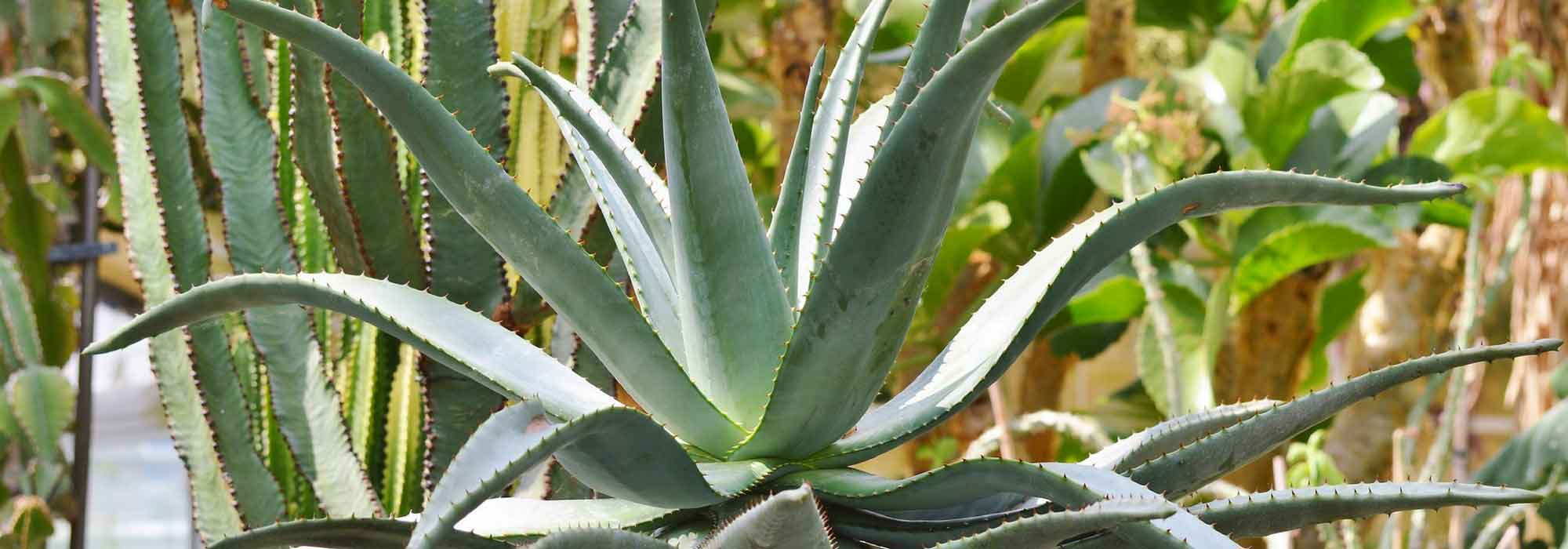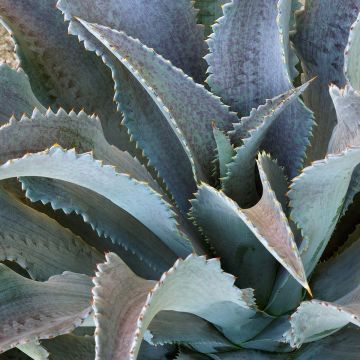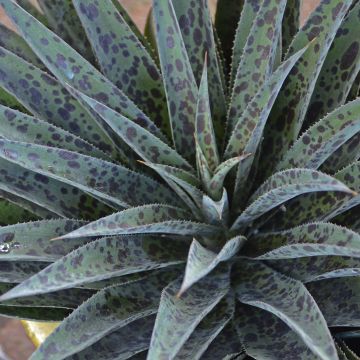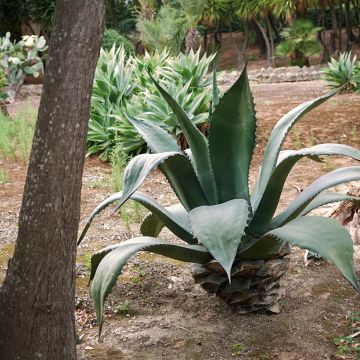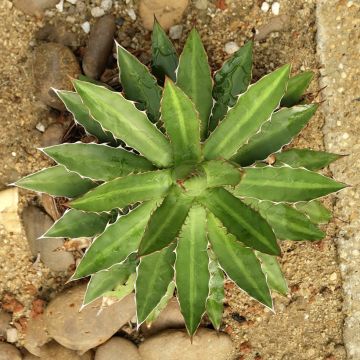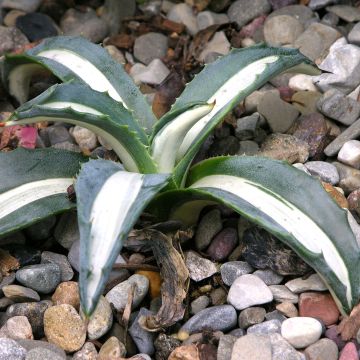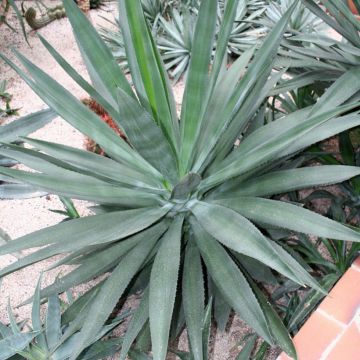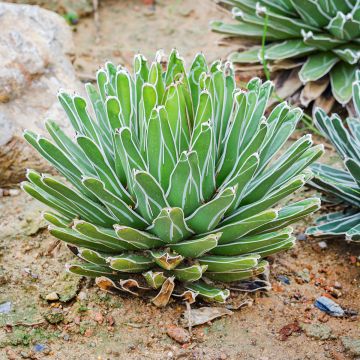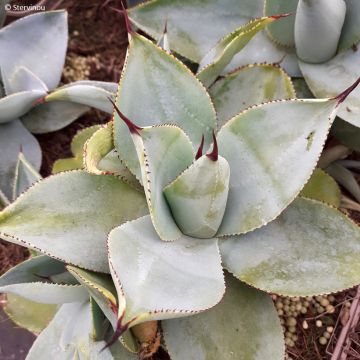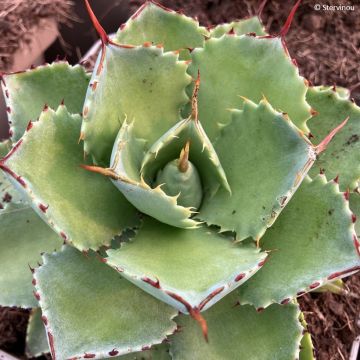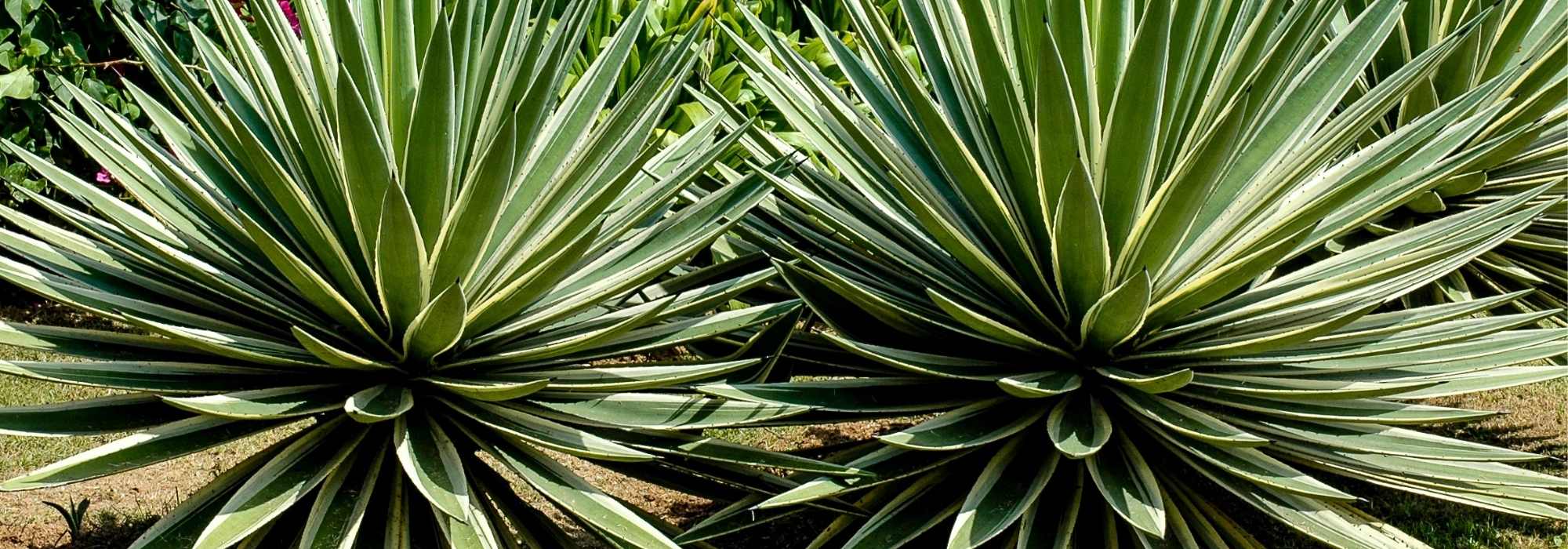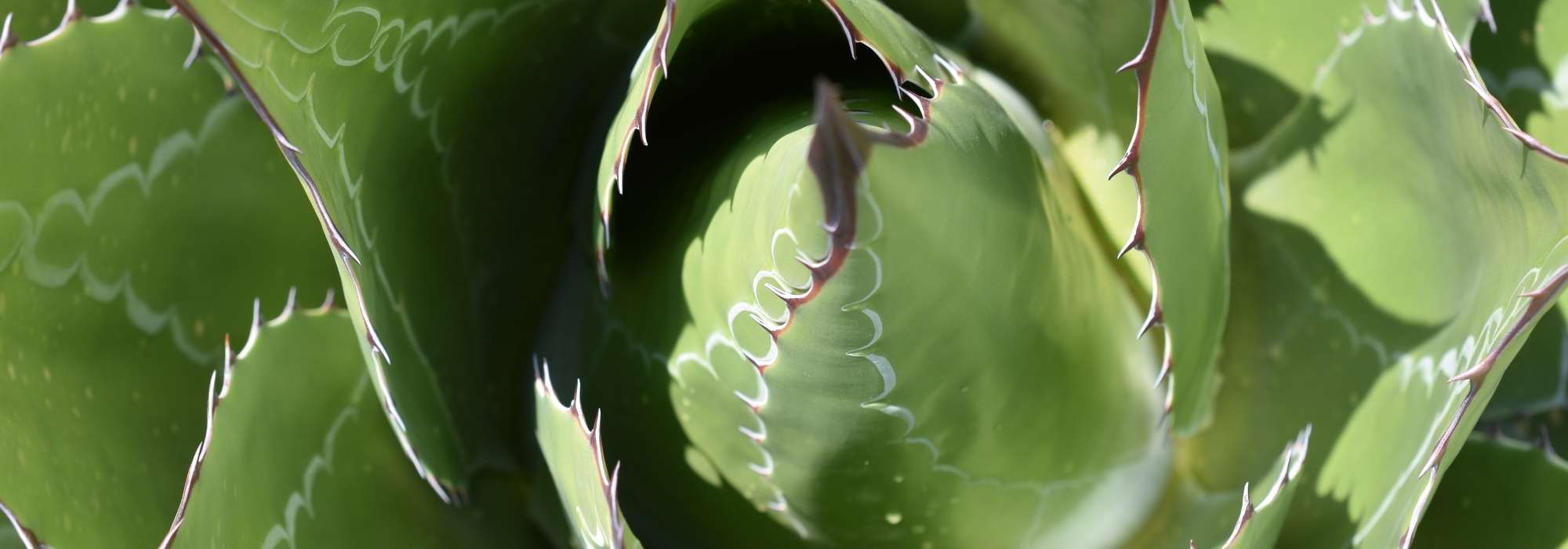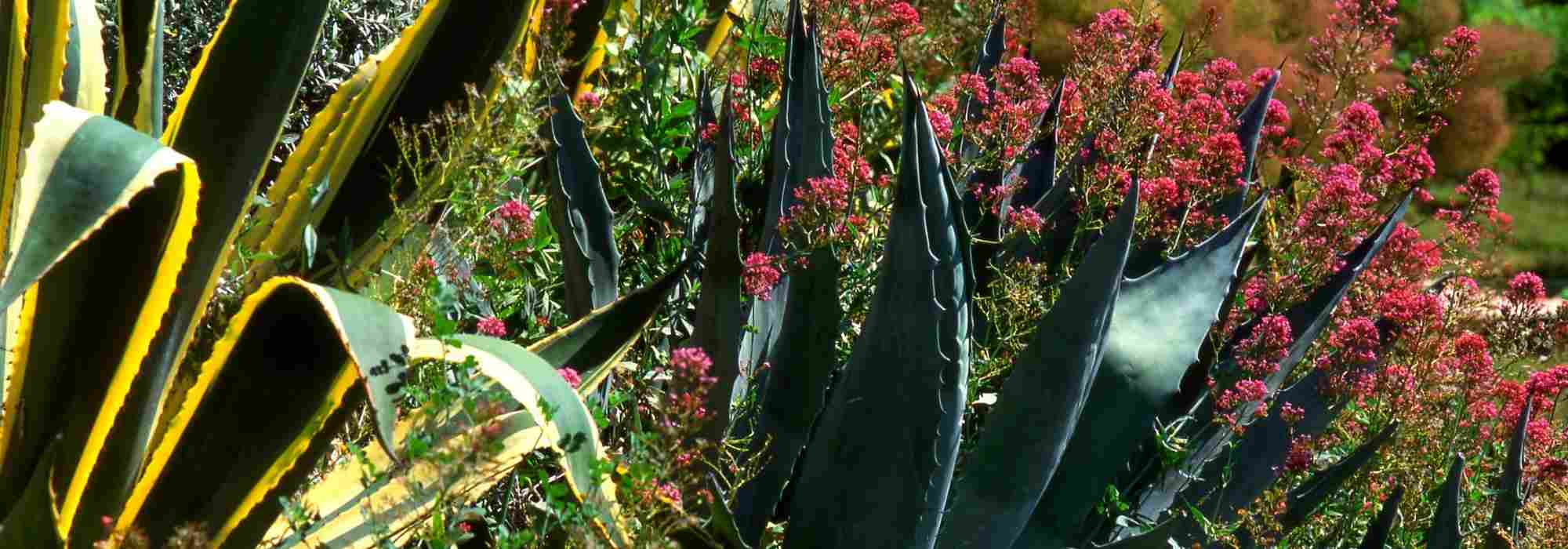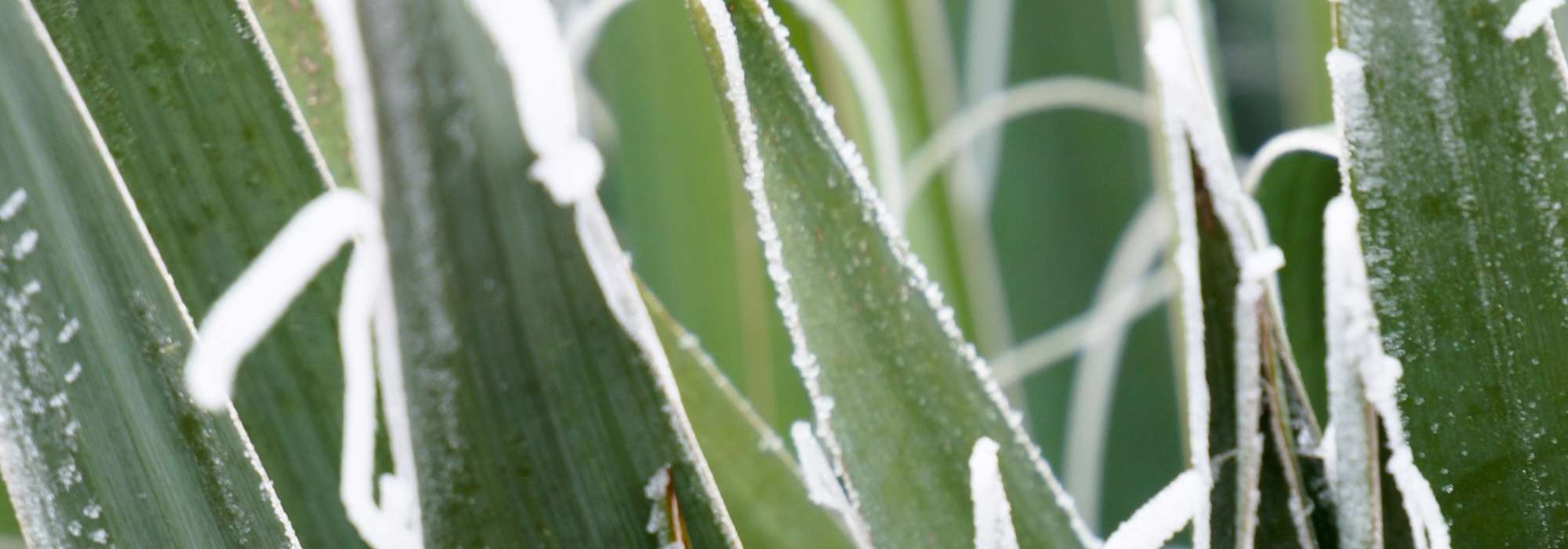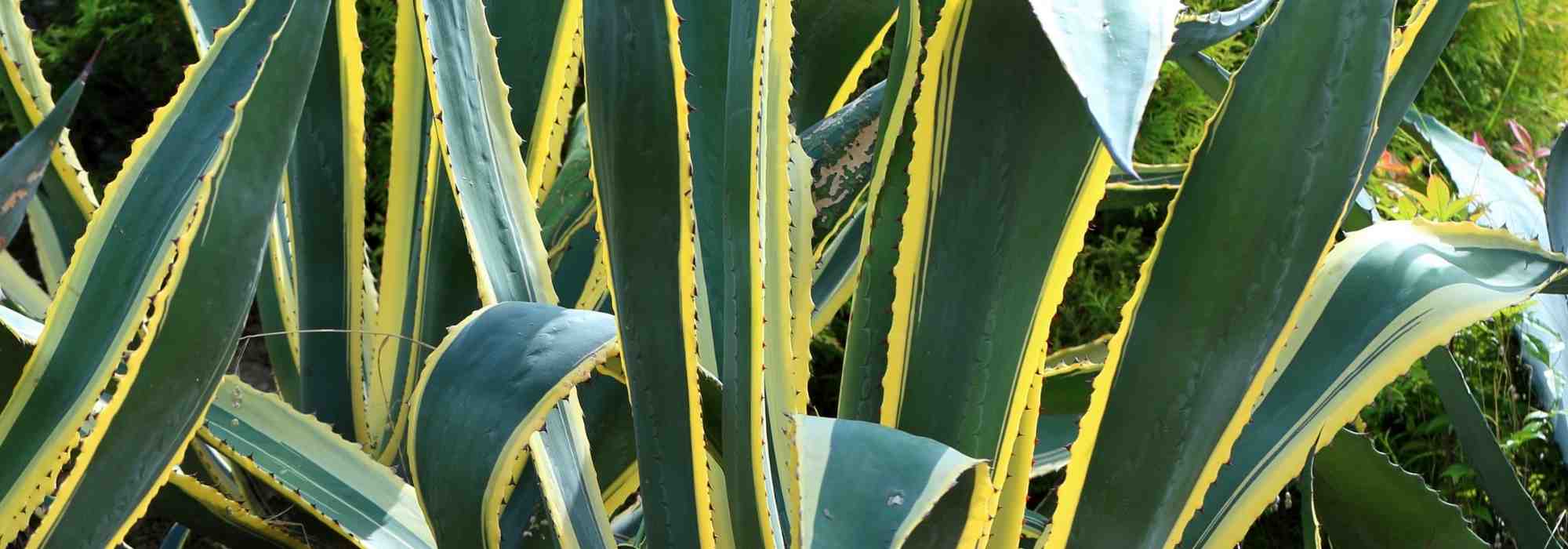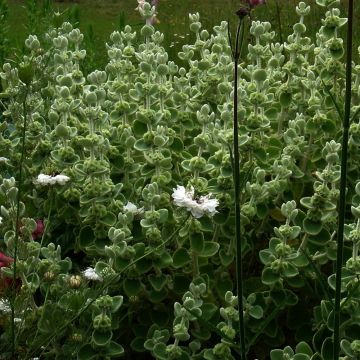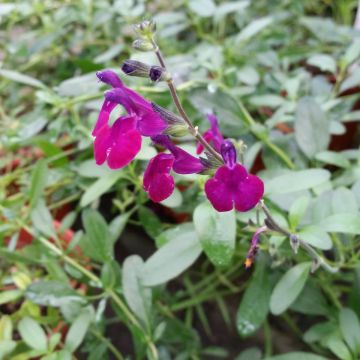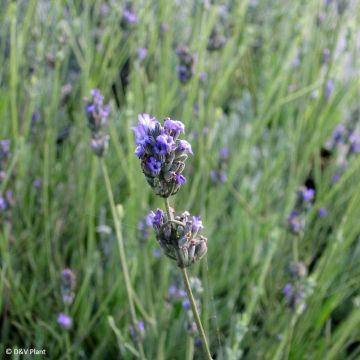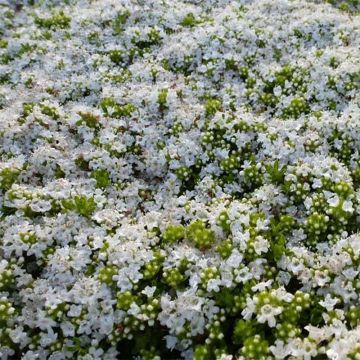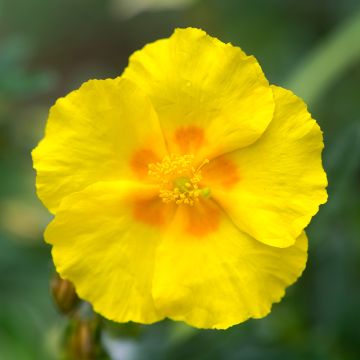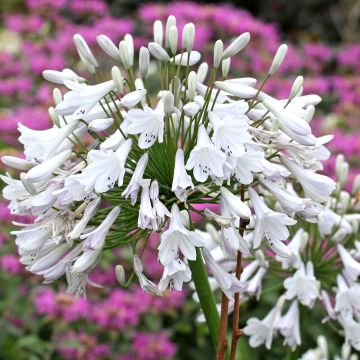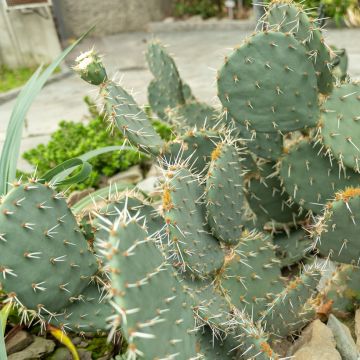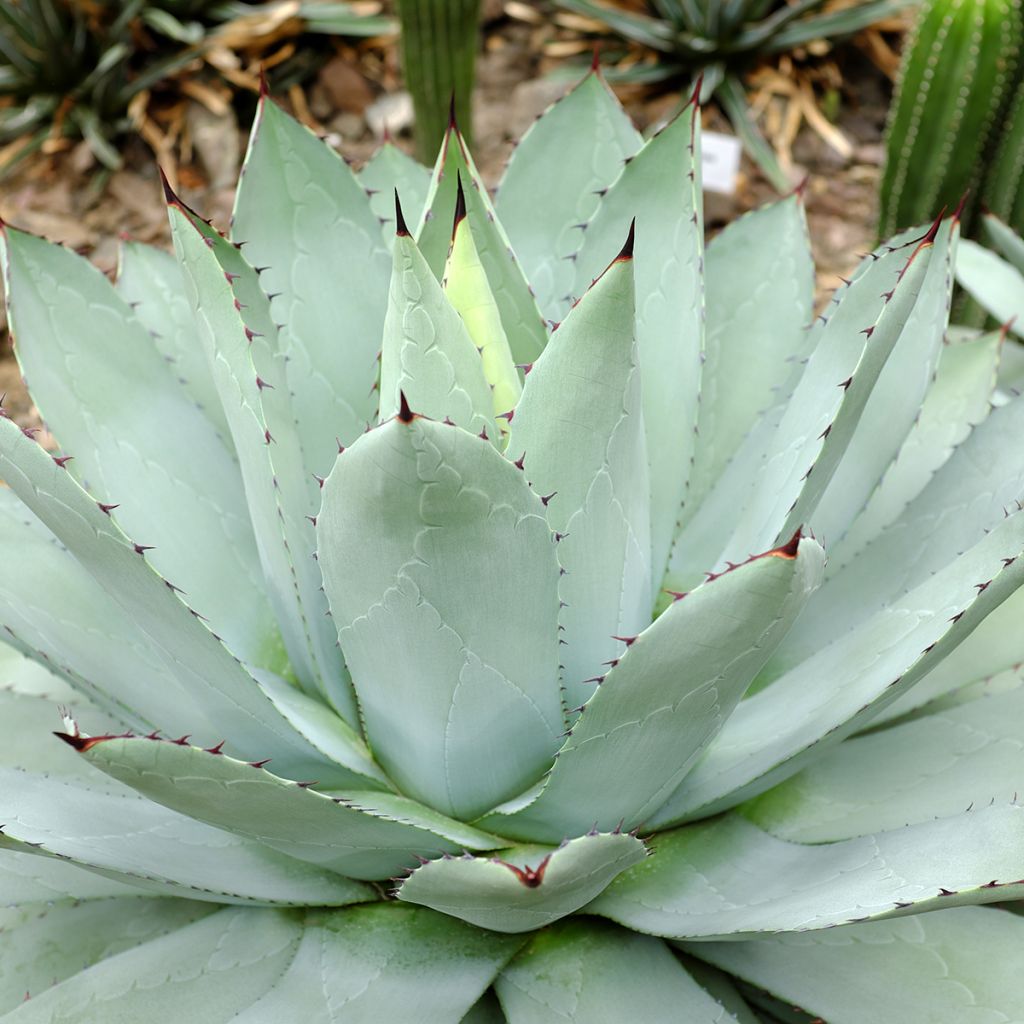

Agave potatorum var. verschaffeltii
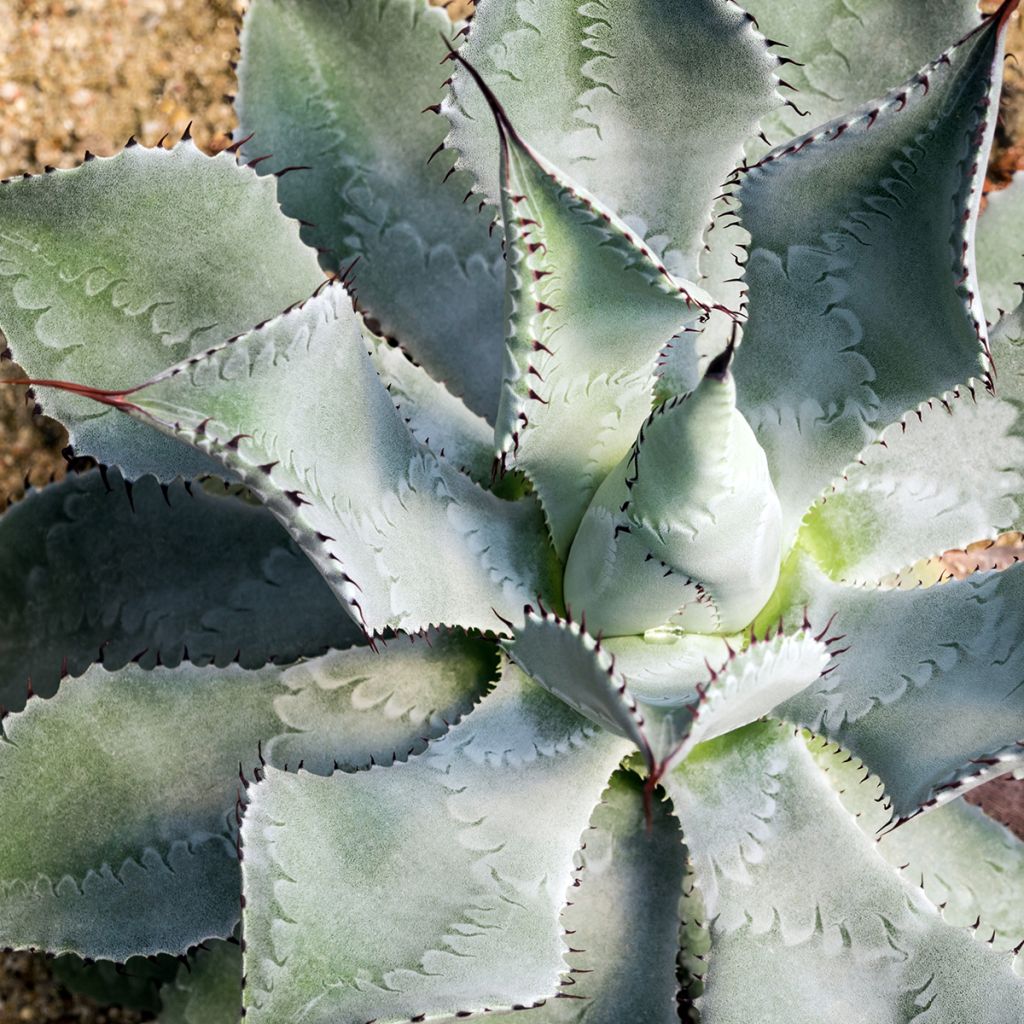

Agave potatorum var. verschaffeltii
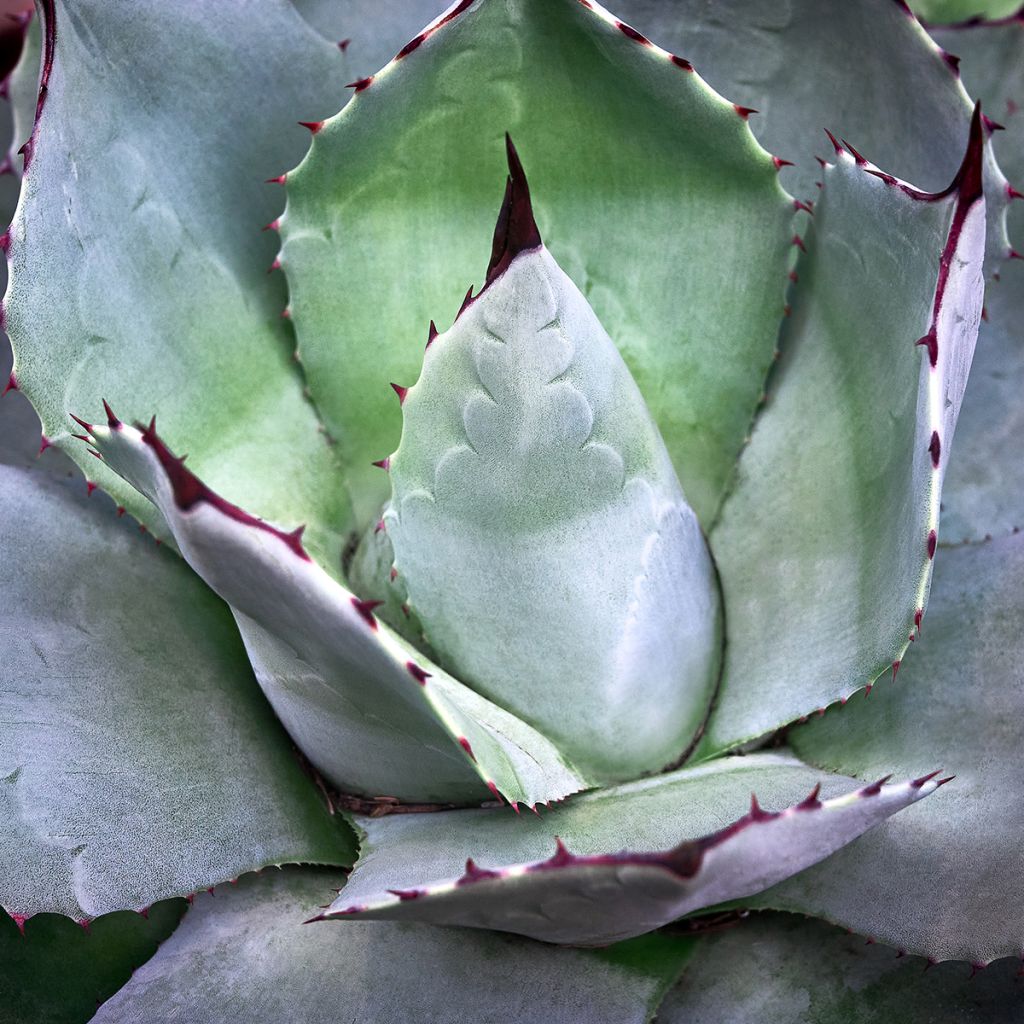

Agave potatorum var. verschaffeltii
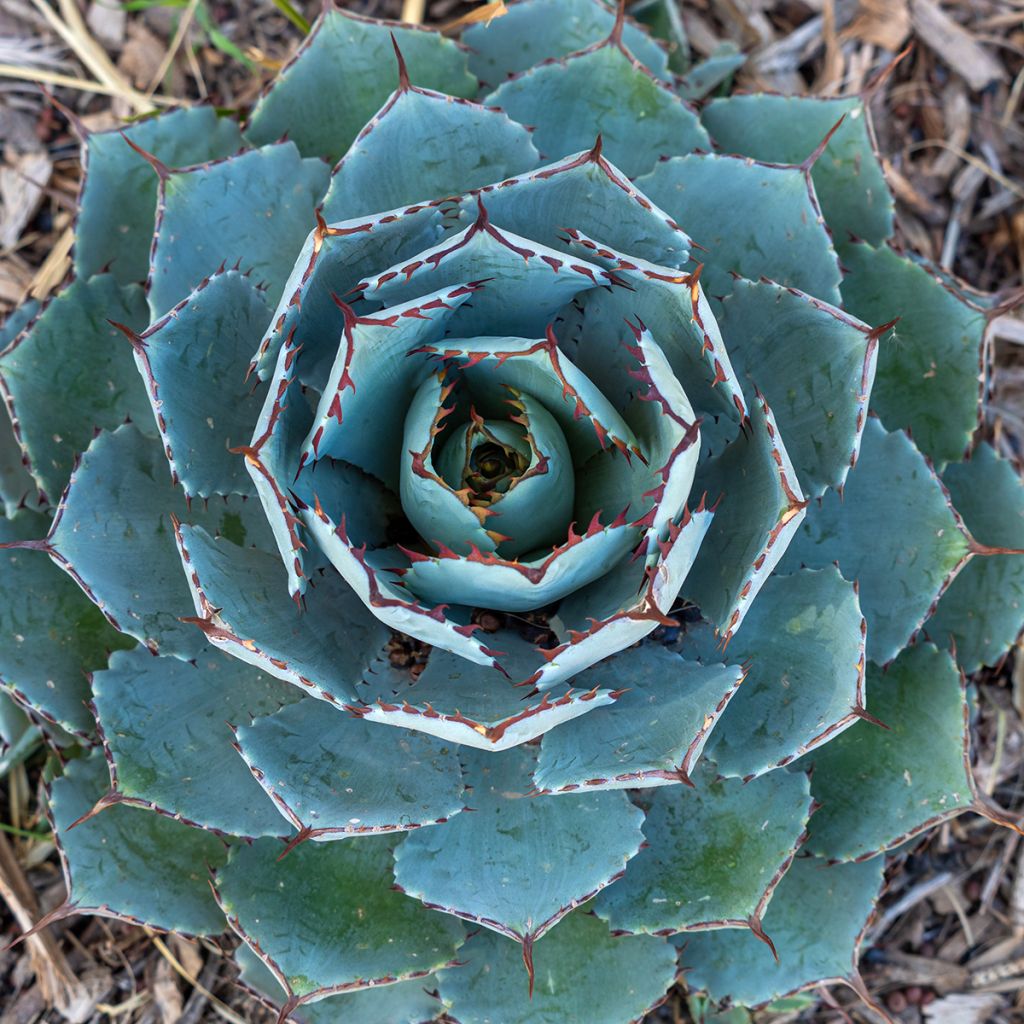

Agave potatorum var. verschaffeltii
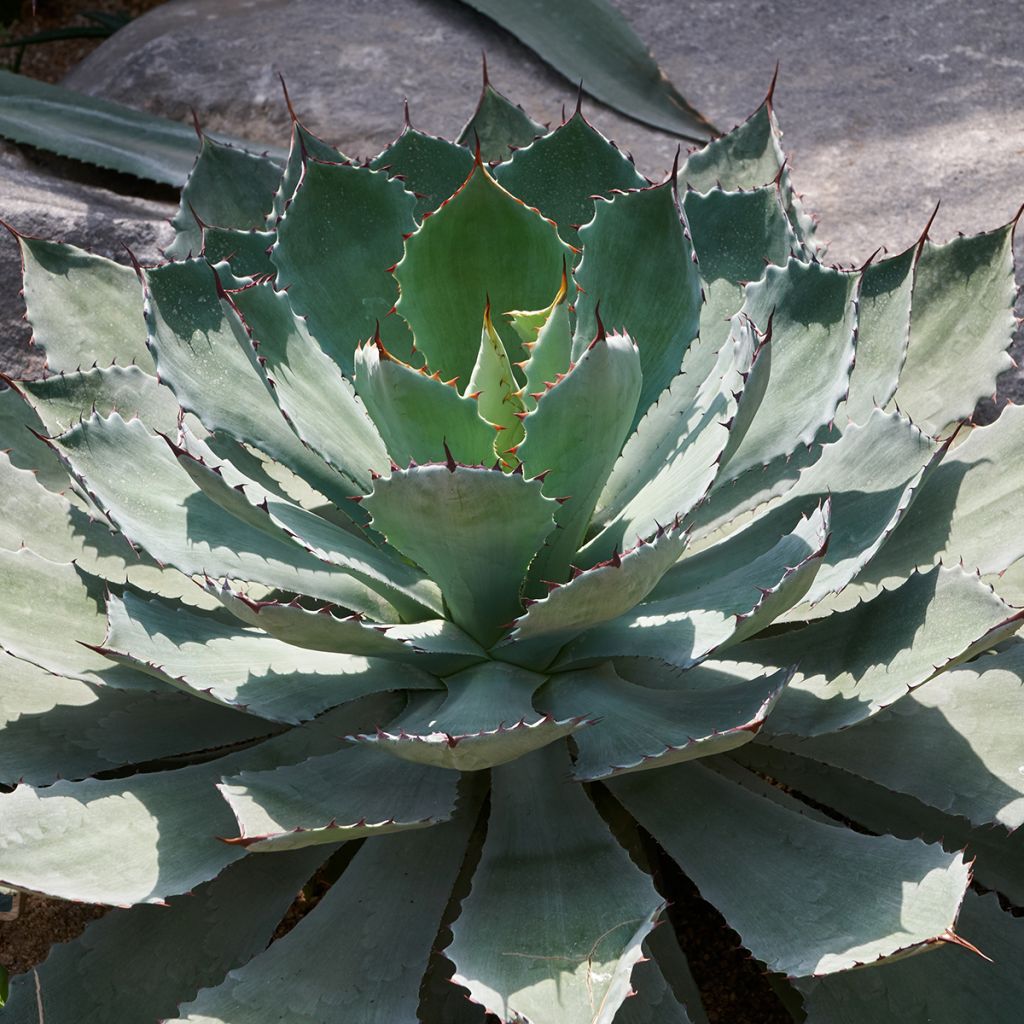

Agave potatorum var. verschaffeltii
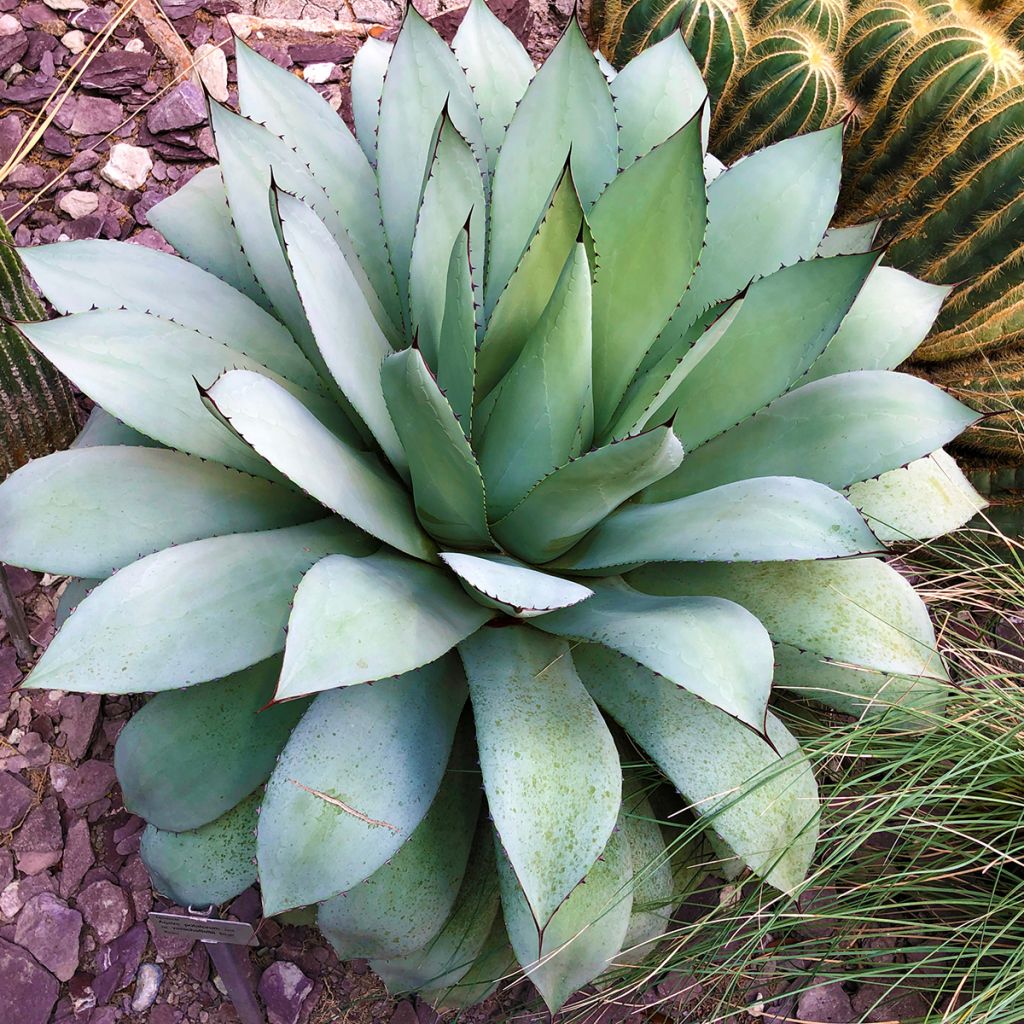

Agave potatorum var. verschaffeltii
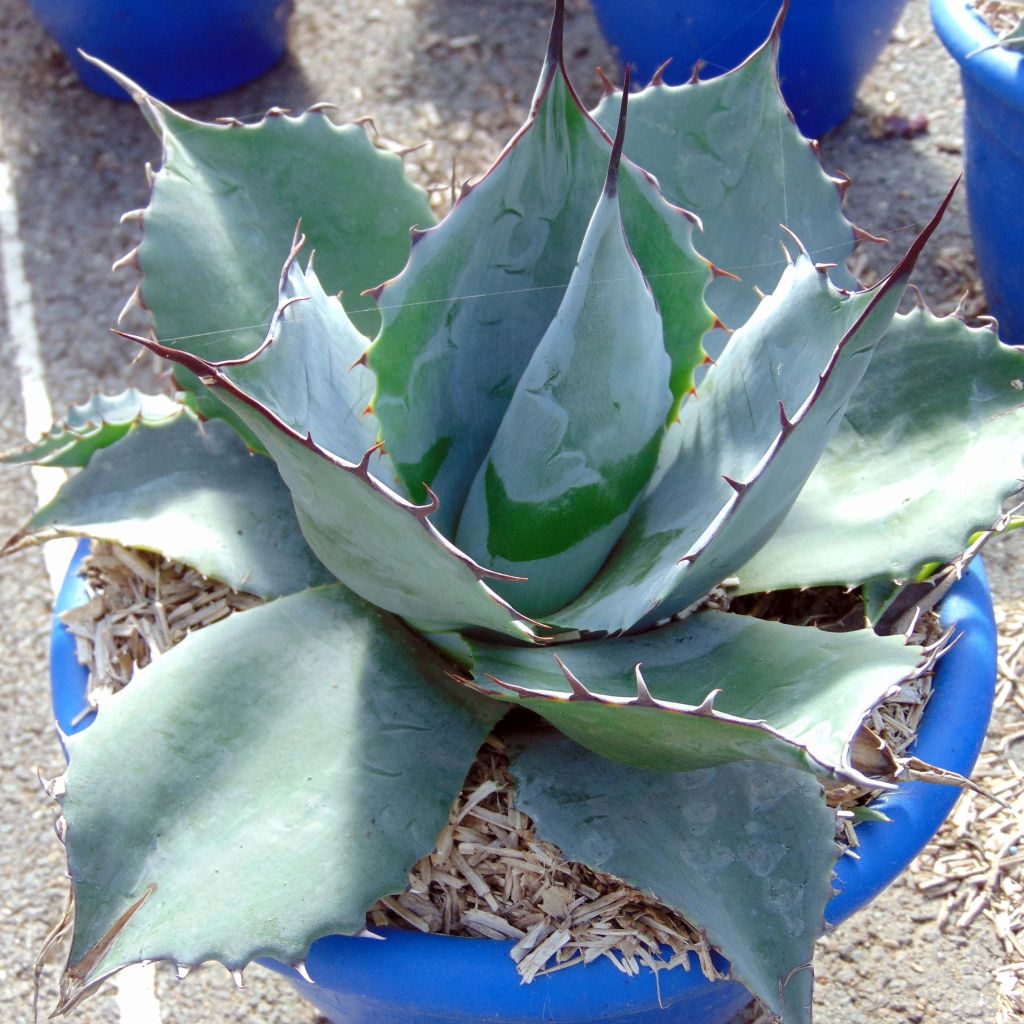

Agave potatorum var. verschaffeltii
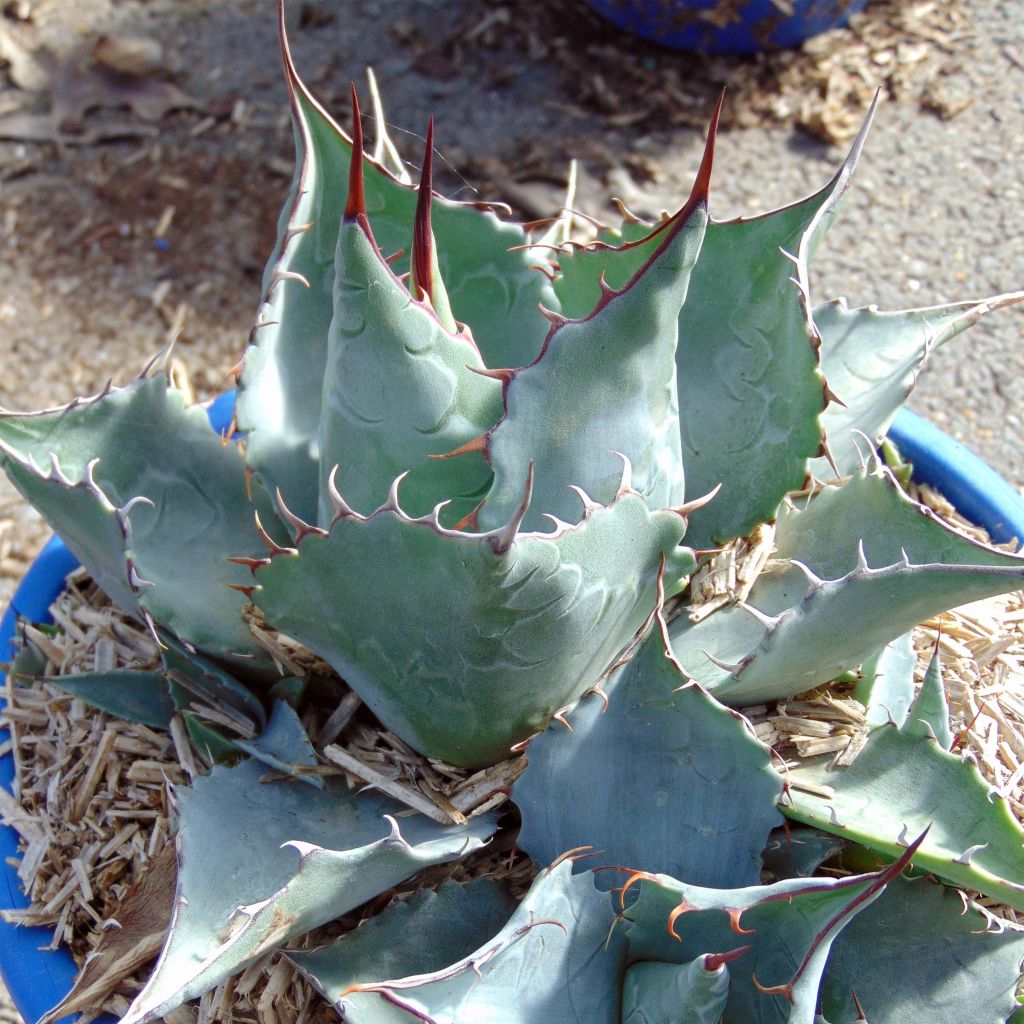

Agave potatorum var. verschaffeltii
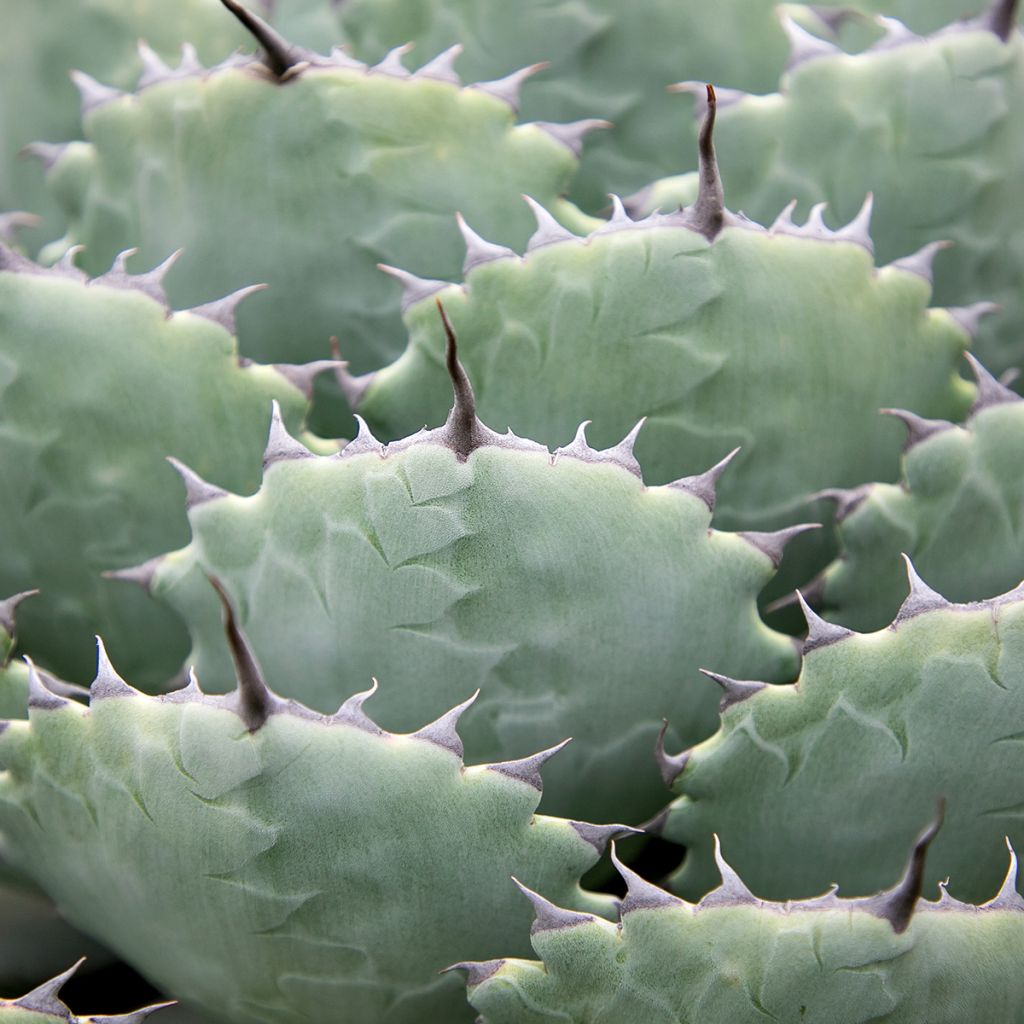

Agave potatorum var. verschaffeltii
Agave potatorum var. verschaffeltii
Agave potatorum var. verschaffeltii
Butterfly Agave, Verschaffelt Agave
young plant very small and foliage damaged... at this price I thought it would be bigger!
Catherine, 16/07/2019
Special offer!
Receive a €20 voucher for any order over €90 (excluding delivery costs, credit notes, and plastic-free options)!
1- Add your favorite plants to your cart.
2- Once you have reached €90, confirm your order (you can even choose the delivery date!).
3- As soon as your order is shipped, you will receive an email containing your voucher code, valid for 3 months (90 days).
Your voucher is unique and can only be used once, for any order with a minimum value of €20, excluding delivery costs.
Can be combined with other current offers, non-divisible and non-refundable.
Home or relay delivery (depending on size and destination)
Schedule delivery date,
and select date in basket
This plant carries a 12 months recovery warranty
More information
We guarantee the quality of our plants for a full growing cycle, and will replace at our expense any plant that fails to recover under normal climatic and planting conditions.
Would this plant suit my garden?
Set up your Plantfit profile →
Description
Agave potatorum is a medium-sized botanical species with variable appearance depending on the growing conditions. This perennial forms a rosette close to the ground, which can be either compact or open, composed of wide and short pointed leaves, with a beautiful grey-blue colour. They are bordered by spines of varying shades of red-orange to nearly black, which are very decorative. This succulent plant is relatively hardy and perfectly resistant to summer drought. It will thrive in a large rock garden or in a dry garden. Unlike many agave species, this one tolerates semi-shaded exposure quite well.
Originally from the states of Puebla and Oaxaca in Mexico, at altitudes between 1300 and 2300m (4265 and 7546ft), Agave potatorum is primarily a plant well adapted to arid conditions. It belongs to the Asparagaceae family (formerly Agavaceae), just like yuccas and tuberose. This perennial succulent herb has rhizomes capable of producing suckers, but is almost devoid of an above-ground stem, appearing as an extremely short single trunk. The dense and regular rosette is very open when the plant is in full sun, and more compact when exposed to partial shade. It does not exceed 80cm (32in) in diameter and 70cm (28in) in height, with a moderately fast growth rate. The thin, rigid, spatulate, succulent leaves are grey to glaucous, powdery, and measure 25cm (10in) in length. The leaf margins are slightly undulate to strongly crenate and equipped with spines of 0.5 to 1.5cm (0.2 to 1in), curved in all directions, with a colour that varies depending on the plant's exposure. The leaves on the periphery are reddish in young subjects, as are the young leaves. When a rosette reaches the venerable age of 15 to 20 years, or even older, it produces a flowering stem reaching 2m (7ft) in height. It bears numerous horizontal branches. The branches bear flattened and spherical panicles, composed of a myriad of small yellow-green tubular flowers. The semelparous rosette dies after several months of flowering. Some subjects produce a few daughter rosettes on their trunk, just below the mother rosette.
In mild climates, this agave will find its place in a large rock garden, a dry slope, or in a raised bed with soil enriched with gravel or coarse sand. It can be planted with frost-resistant prickly pears such as Opuntia humifusa 'Millevaches', giant fennel, and hardy cactus candles such as Cleistocactus strausii, Cylindropuntia imbricata, as well as low-growing plants such as dwarf mugworts, Rhodanthemum, and Ajania pacifica, all of which are equally undemanding. Gardeners in colder regions can grow it in a very large pot on a terrace, choosing the most sheltered spot and in full sun, to recreate a landscape inspired by the vast arid and wild spaces of Mexico. This moderately hardy plant should be overwintered in a very bright, well-ventilated room in our more humid and colder regions.
Agave is also an edible plant, used in Mexico to make mescal, an alcoholic beverage obtained by fermenting its sugar-rich juice. It is also used in traditional medicine in Mexico, Brazil, and India for its supposed anti-fungal properties. The inflorescences are highly attractive to many pollinating insects.
Agave potatorum var. verschaffeltii in pictures




Flowering
Foliage
Plant habit
Botanical data
Agave
potatorum
var. verschaffeltii
Agavaceae
Butterfly Agave, Verschaffelt Agave
Agave saundersii , Agave scolymus
North America
Other Agave
View all →Planting and care
Plant in full sun or even in partial shade, as this species tolerates it well. Plant in well-drained, poor, rocky, calcareous, or sandy soil. It cannot tolerate winter humidity and cold, but it can withstand dry cold in dry soil. Protect it from humidity in regions with rainy and cold winters by using a temporary waterproof shelter that allows light to pass through, such as a transparent plastic tarp. If this installation is not aesthetically pleasing, it has the merit of saving the life of this rare plant. As it prefers dry soils in summer, for example, you can consider planting it in a 50cm (20in) hole filled with a mixture of rocks and light soil. Ensure its collar is kept free from stagnant water. The drier the soil, the more it will resist frost, to about -10°C (14°F).
Since the plant has a fairly modest size, it can be grown in a pot (preferably terracotta) on a terrace or balcony, in a light substrate such as cactus soil, with careful drainage. Water regularly in summer, but allow the substrate to dry between 2 waterings. It will then be easy to store the pot away from heavy frosts and humidity, in a bright, well-ventilated, minimally heated room. Reduce or even stop watering in winter. The plant can spend April to October outdoors.
Make sure to wear protective gloves when handling this plant.
Planting period
Intended location
Care
Planting & care advice
-
, onOrder confirmed
Reply from on Promesse de fleurs
Similar products
Haven't found what you were looking for?
Hardiness is the lowest winter temperature a plant can endure without suffering serious damage or even dying. However, hardiness is affected by location (a sheltered area, such as a patio), protection (winter cover) and soil type (hardiness is improved by well-drained soil).

Photo Sharing Terms & Conditions
In order to encourage gardeners to interact and share their experiences, Promesse de fleurs offers various media enabling content to be uploaded onto its Site - in particular via the ‘Photo sharing’ module.
The User agrees to refrain from:
- Posting any content that is illegal, prejudicial, insulting, racist, inciteful to hatred, revisionist, contrary to public decency, that infringes on privacy or on the privacy rights of third parties, in particular the publicity rights of persons and goods, intellectual property rights, or the right to privacy.
- Submitting content on behalf of a third party;
- Impersonate the identity of a third party and/or publish any personal information about a third party;
In general, the User undertakes to refrain from any unethical behaviour.
All Content (in particular text, comments, files, images, photos, videos, creative works, etc.), which may be subject to property or intellectual property rights, image or other private rights, shall remain the property of the User, subject to the limited rights granted by the terms of the licence granted by Promesse de fleurs as stated below. Users are at liberty to publish or not to publish such Content on the Site, notably via the ‘Photo Sharing’ facility, and accept that this Content shall be made public and freely accessible, notably on the Internet.
Users further acknowledge, undertake to have ,and guarantee that they hold all necessary rights and permissions to publish such material on the Site, in particular with regard to the legislation in force pertaining to any privacy, property, intellectual property, image, or contractual rights, or rights of any other nature. By publishing such Content on the Site, Users acknowledge accepting full liability as publishers of the Content within the meaning of the law, and grant Promesse de fleurs, free of charge, an inclusive, worldwide licence for the said Content for the entire duration of its publication, including all reproduction, representation, up/downloading, displaying, performing, transmission, and storage rights.
Users also grant permission for their name to be linked to the Content and accept that this link may not always be made available.
By engaging in posting material, Users consent to their Content becoming automatically accessible on the Internet, in particular on other sites and/or blogs and/or web pages of the Promesse de fleurs site, including in particular social pages and the Promesse de fleurs catalogue.
Users may secure the removal of entrusted content free of charge by issuing a simple request via our contact form.
The flowering period indicated on our website applies to countries and regions located in USDA zone 8 (France, the United Kingdom, Ireland, the Netherlands, etc.)
It will vary according to where you live:
- In zones 9 to 10 (Italy, Spain, Greece, etc.), flowering will occur about 2 to 4 weeks earlier.
- In zones 6 to 7 (Germany, Poland, Slovenia, and lower mountainous regions), flowering will be delayed by 2 to 3 weeks.
- In zone 5 (Central Europe, Scandinavia), blooming will be delayed by 3 to 5 weeks.
In temperate climates, pruning of spring-flowering shrubs (forsythia, spireas, etc.) should be done just after flowering.
Pruning of summer-flowering shrubs (Indian Lilac, Perovskia, etc.) can be done in winter or spring.
In cold regions as well as with frost-sensitive plants, avoid pruning too early when severe frosts may still occur.
The planting period indicated on our website applies to countries and regions located in USDA zone 8 (France, United Kingdom, Ireland, Netherlands).
It will vary according to where you live:
- In Mediterranean zones (Marseille, Madrid, Milan, etc.), autumn and winter are the best planting periods.
- In continental zones (Strasbourg, Munich, Vienna, etc.), delay planting by 2 to 3 weeks in spring and bring it forward by 2 to 4 weeks in autumn.
- In mountainous regions (the Alps, Pyrenees, Carpathians, etc.), it is best to plant in late spring (May-June) or late summer (August-September).
The harvesting period indicated on our website applies to countries and regions in USDA zone 8 (France, England, Ireland, the Netherlands).
In colder areas (Scandinavia, Poland, Austria...) fruit and vegetable harvests are likely to be delayed by 3-4 weeks.
In warmer areas (Italy, Spain, Greece, etc.), harvesting will probably take place earlier, depending on weather conditions.
The sowing periods indicated on our website apply to countries and regions within USDA Zone 8 (France, UK, Ireland, Netherlands).
In colder areas (Scandinavia, Poland, Austria...), delay any outdoor sowing by 3-4 weeks, or sow under glass.
In warmer climes (Italy, Spain, Greece, etc.), bring outdoor sowing forward by a few weeks.






























